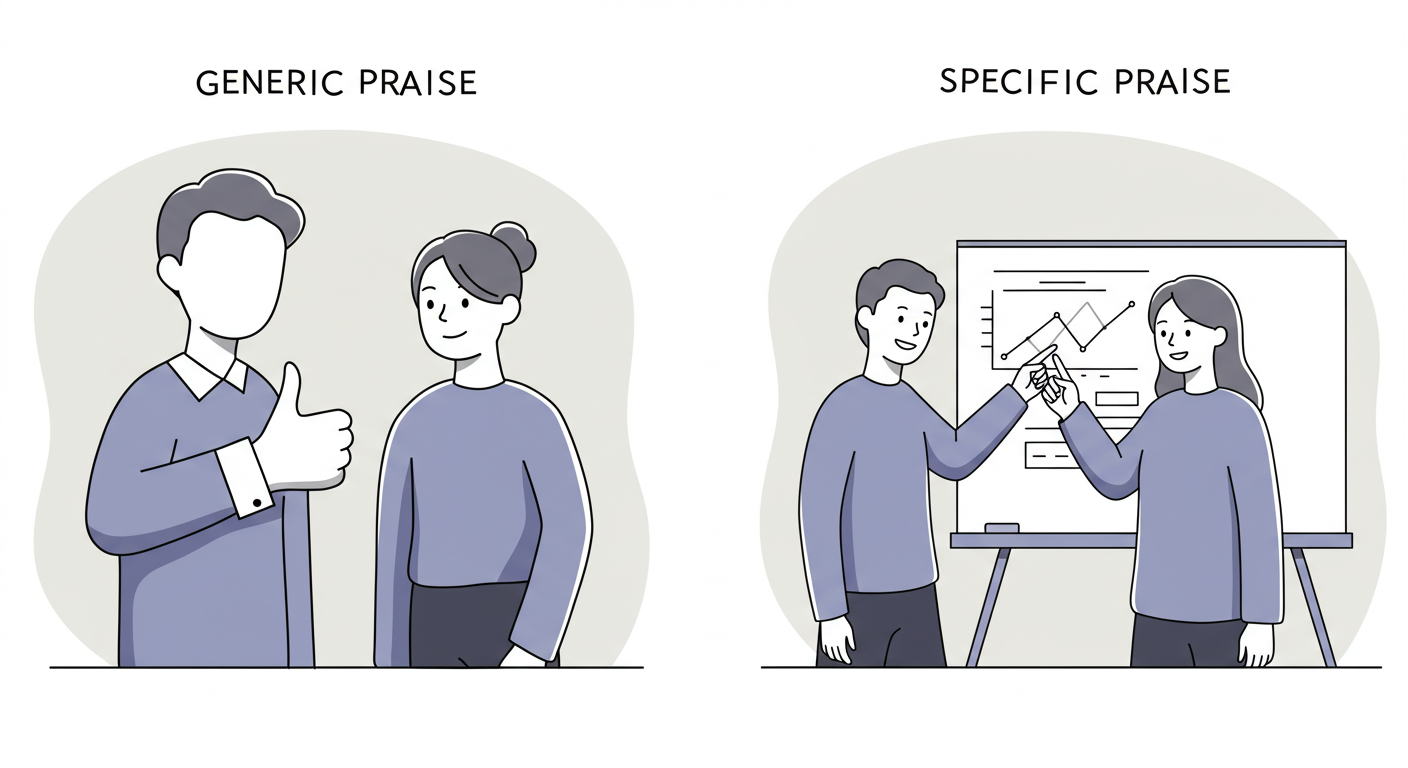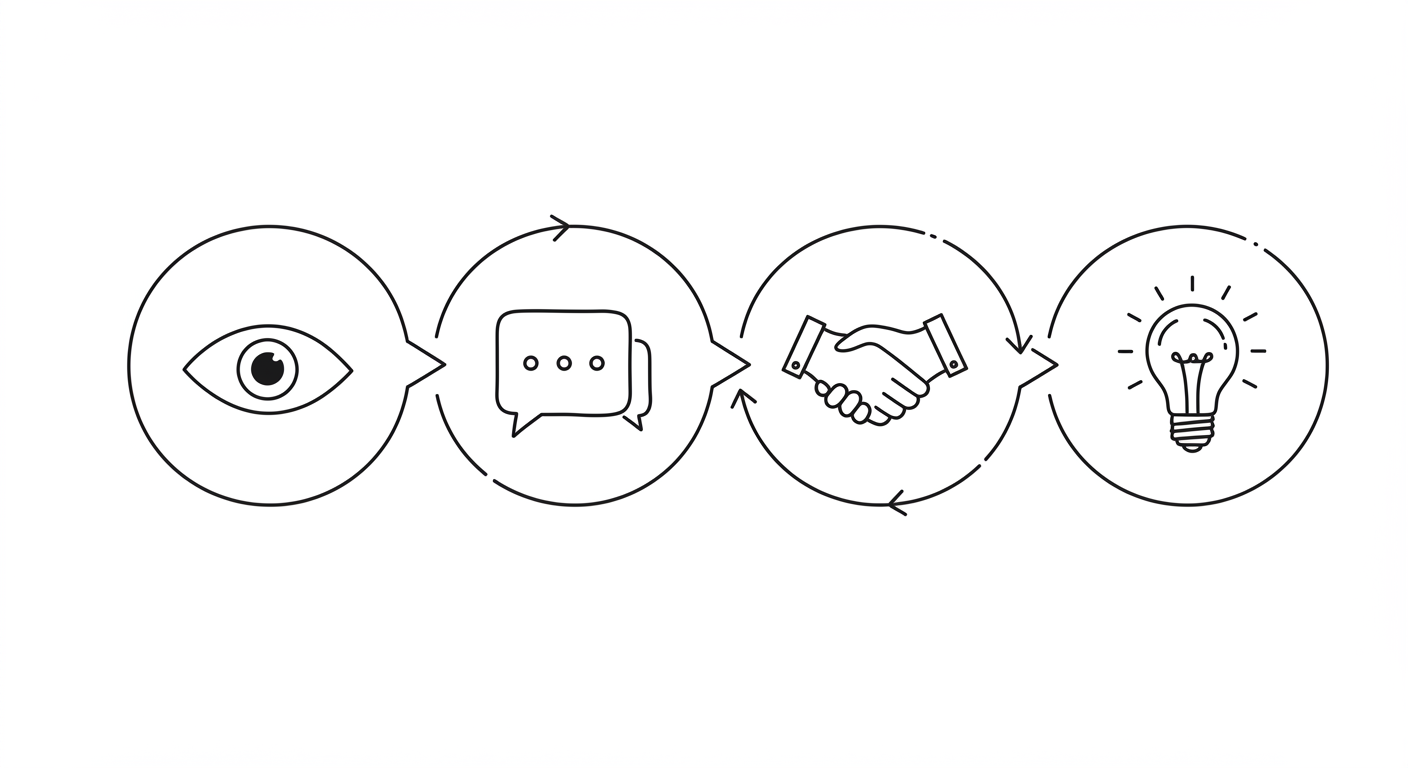Introduction
Feedback is one of the most potent tools for driving individual growth, team performance, and organizational health. Yet, we often overcomplicate it. We wait for formal reviews; we second-guess our words; we avoid the tough conversations. This guide will show you how to break that cycle by focusing on intent, context, and a culture of continuous improvement.
Common barriers to giving feedback
Language & cultural differences
- In a global workforce, nuances in language and culture can cause feedback to come across as harsher or softer than intended.
- Tip: Use clear, direct language and verify understanding—especially across cultures or remote teams.
Fear & psychological safety
- “Will I sound mean?” “Will there be backlash?” Psychological safety—where honesty is welcomed—often dictates whether people speak up at all.
- Insight: Amy Edmondson’s research shows teams that feel safe to give and receive candid feedback innovate faster and trust each other more.
“I’m not qualified” syndrome
- Many believe feedback should only come from management. But colleagues and peers often have the best insights, because they see each other’s work up close.
The myth of the perfect framework
- SBI, Radical Candor, SSC—these are guides, not magic spells. They help structure your thoughts, but they won’t replace genuine care and clear context.

Why context matters so much
Connecting feedback to where work happens
Generic feedback—“Good job!”—never helps people understand what specifically they did well, or how it impacted the project or team. On the other hand, contextual feedback—“Thanks for staying late last Wednesday to fix the server issue; it prevented a major outage for our biggest client.”—tells them exactly what to keep doing.
Context switching: the silent killer
We’ve all been there: You see something worth pointing out—positive or corrective—but then you jump into another meeting and forget all about it. By the time you remember, the details are fuzzy or the moment has passed.
Solution: Give “in-the-moment” feedback. Whether that’s in Slack, email, or a quick huddle, feedback is most effective when it’s fresh.

The issue with annual performance reviews
If the only time people get meaningful feedback is during an annual or quarterly review, it’s too late. They can’t immediately act on an issue that happened months ago, and the delay in recognition or correction can erode trust. Frequent, timely feedback keeps a continuous improvement loop alive.
Intent over craft
We often over-focus on how to phrase feedback perfectly. But ultimately, why you’re giving feedback (your intent) matters more than the exact words. If your team senses you genuinely want to help them grow, they’ll be more open—even if your delivery isn’t polished.
- Candor: Don’t shy away from tough truths.
- Care: Show you’re on their side.
- Empathy: Understand the bigger picture of what might be affecting their performance.
Practical frameworks you can use
SBI (Situation – Behavior – Impact)
- Situation: “During Monday’s sprint planning…”
- Behavior: “You cut off Sam mid-sentence…”
- Impact: “It caused confusion about our next steps, and Sam felt frustrated.”
Radical candor (by Kim Scott)
- Balances caring personally with challenging directly.
- Ideal for building a transparent culture that expects and respects direct feedback.
Start–Stop–Continue
- Start doing X
- Stop doing Y
- Continue doing Z
- Great for quick retros or team reviews.
Feedforward
- Future-focused feedback, e.g., “Next time, consider approaching the client with a short demo video before scheduling a long meeting.”
Real-time feedback tips
- Seize the moment: The best feedback is immediate or close to immediate.
- Be specific: Reference concrete actions or outcomes, like tasks, lines of code, or meeting behaviors.
Choose the right medium: For sensitive or nuanced feedback, real-time conversations—whether face-to-face or on a call—are often most effective. For everyday recognition or quick input, async channels like comments or messages work well and help keep feedback lightweight and timely.

Following up: the missing link
Even solid, timely feedback can fizzle if there’s no follow-up or “closing the loop.”
- Check back: If you suggested a different approach, see how it worked out the next time a similar situation occurred.
- Invite input: Ask how the person felt about the feedback. Did they find it useful? Any further support they need?
- Document major points: While not every piece of feedback needs a formal note, key learnings or repeated patterns can be tracked—so you can spot improvement over time.
Toward a continuous feedback culture
It’s not just about sporadic feedback—it’s about embedding a feedback mindset into daily work.
- Lead by example: If you’re a manager or senior team member, regularly request feedback on your own performance.
- Create psychological safety: Show that honest input is valued, not punished.
Make feedback easy to give: The most effective feedback cultures reduce friction. Whether it’s a quick comment, a note alongside real work, or a gentle prompt to reflect, what matters is having low-effort ways to keep feedback flowing. Some teams build this into their daily rhythm using lightweight tools—ClarityLoop, for example—while others rely on habits and rituals that work for them.
Key takeaways
- Address real barriers: Overcome language gaps, fear, and doubt by creating a safe environment.
- Provide context: Don’t just say ‘good job’—show why it was good.
- Don’t wait: Constant, timely feedback is more impactful than saving everything for a big review.
- Intent over craft: A caring, growth-minded approach resonates more than perfect wording.
- Close the loop: Follow up to see how people acted on your feedback and if they need further help.
- Build a culture, not a moment: Make feedback part of the team’s DNA—through daily habits, open communication, and (optionally) the right tools.
Final word
Mastering feedback isn’t about memorizing a script; it’s about being present, noticing what matters, and speaking up—while truly caring about the other person’s growth. By integrating real-time, contextual feedback into your team’s day-to-day work and following up to ensure it leads to action, you’ll create a culture where everyone can learn faster, adapt quicker, and feel more valued.


